Submissive Upright
Overview and Meaning
Submissive behavior is identifiable by its context, and by the highly stereotyped postures used to signal to the other mouse. The animal usually, remains in the submissive position until the animal performing the threat behavior moves away or comes in contact with the animal again.
Description
Submissive upright is a posture where the animal, will sit in an upright position with its head in the air, while stretching out its forepaws, exposing the belly.
Classification
Flight and Submissive Behavior
Contexts
Flight and submissive behavior are seen in three distinct contexts, and have quite different meanings, both to the mouse, and for the observer's correct interpretation of the behaviors:
- In response to threat behavior an animal may attempt to flee and may or may not be pursued (chase behavior) by the animal performing the threat behavior. Alternatively an animal may perform submissive behaviors immediately. In either case the agonistic interactions are terminated immediately, and the animal fleeing or submitting has indicated it's subordinate dominance status to the animal performing threat behavior. Such an interactions is classified as mediated aggression.
- In contrast, if an animal performs retaliation behavior it is challenging the dominance of an animal performing a threat. The resulting escalated aggression is also terminated by flight and submissive behavior. However the meaning is quite different - indicating which mouse has lost the particular fight, not necessarily which mouse is dominant in a stable uncontested hierarchy.
- Fleeing and withdrawal can also occur in response to any threatening stimulus, be it social, predatory (e.g. when mice flee from human handlers), or abiotic (e.g. when mice withdraw from a brightly lit open space). Fleeing and withdrawal are viewed as evidence of aversion, anxiety, and/or fear.
Variants
This same posture may be displayed while the animal is lying on its back.
